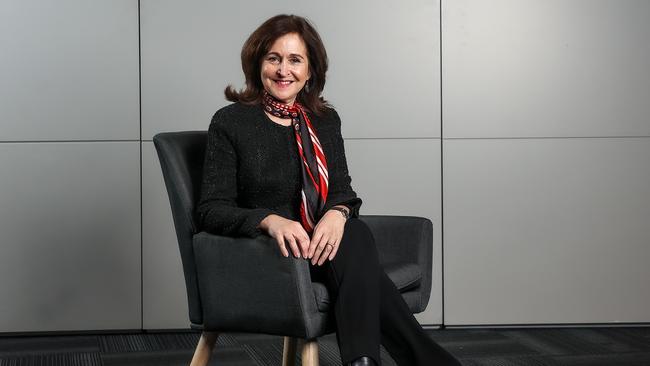HESTA bets $240m on build-to-rent housing markets
The investment will seed Super Housing Partnerships, a new fund manager to focus on a pipeline of apartment projects in Victoria.

HESTA, the industry superannuation fund for health workers, has put a firm toe in the water with $240m for the build-to-rent market.
The investment will seed Super Housing Partnerships, a new fund manager to focus on a pipeline of build-to-rent apartment projects initially in Victoria.
The projects are a mix of social and affordable housing, some disability housing and commercial build-to-rent.
HESTA’s chief executive, Debby Blakey, believes a new model has crack the problem of how to deliver low income housing at scale and but also deliver a return for her 950,000 members.
If she is right, SHP could be a new home for Australian super savings.
Build-to-rent in Australia notoriously lags both the UK and the US where the model is common and popular. It offers long-term lease security for tenants for both high end accommodation and affordable – 20 per cent below market prices – and social housing. But in Australia, investors have seen build-to-rent as an untested market.
For HESTA which manages $68bn of member funds, Blakey says the decision to lead on built-to rent is personal.
“The affordable housing crisis in Australia is acute,” she says. “Our members work in health and community services, almost 80 per cent of them are women and we see this playing out for our members.”
Blakey says about 30 per cent of HESTA members earn less than $50,000 a year and many face long commutes with demanding jobs in health. They need access to housing they can afford, close to where they work.
“It’s about combining market rate build-to-rent, which there is a significant demand for and then the opportunity on affordable housing as well. What is really important is to do it at scale to deliver that return,” says Blakey.
To make build-to-rent scalable HESTA has partnered with Assemble, a developer and operator of affordable build-to-rent housing. Assemble is 25 per cent owned by AustralianSuper.
Assemble will provide development, tenancy and property management services for the first five projects of up to 1600 mixed tenure dwellings in Victoria.
The mix is roughly 20 per cent social housing, 20 per cent for critical workers, a segment of disability housing, with the rest commercial build-to-rent.
Over several years, Assemble chief executive Kris Daff, a civil engineer, has worked with funds management to build a platform that replicates the US environment of tax credits for low income housing and concessional financing from the mortgage credit giants, but instead using state and commonwealth tax systems and various other incentives.
“The idea is to on-board multiple value-aligned investors and partner with the best in class developers to develop good quality assets,” he says.
Daff is now talking to several developers in NSW, Victoria and Queensland.
It is unclear how quickly the wall of super money will line up behind build to rent, but slowly private sector is also investing in build-to-rent including companies like Mirvac and Stockland.
Daff thinks momentum will build that responds to a global structural undersupply of housing. He says a deeper housing crisis was only avoided by Covid-19 which curbed population growth in Sydney and Melbourne.
Five years ago, state governments introduced a high duty on foreign investors who were buying apartments off the plan which led to new supply plummeting by around 75 per cent. Daff says institutions are coming in to fill the investment void and demand for housing is growing.
Other stars are aligning with the federal government. Both the Anthony Albanese and Housing Minister Julie Collins grew up in housing commission homes.
HESTA’s announcement comes just ahead of the Australian Investors Association conference on Friday where Blakey will be pushing governments – state and federal – to get behind build-to-rent.
“Australian super funds are keen to invest in this area, but we obviously have to have the appropriate risk adjusted returns. And that is where government has an important role to play,” she says.
HESTA is also partnering with Housing Choices Australia to help with specialist disability home tenancies.
It all makes sense given the close connections its membership has to health and community but the secret sauce is in blending the different parts of the build-to-rent market with the various incentives and support and then pushing for more.
“Some of it is around zoning and development approvals,” says Blakey. “There is often significant risk in that area. And how do you appropriately identify areas and ensure there is key infrastructure. And I do think there is opportunity for government investment in the financing gaps that can serve to de-risk BTR and make it achievable at scale.”




